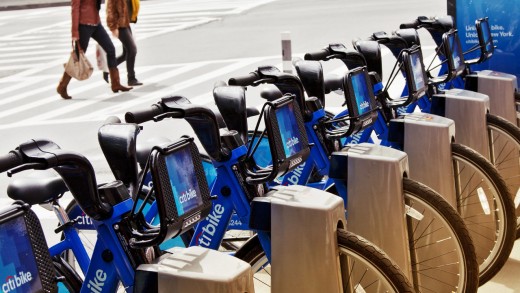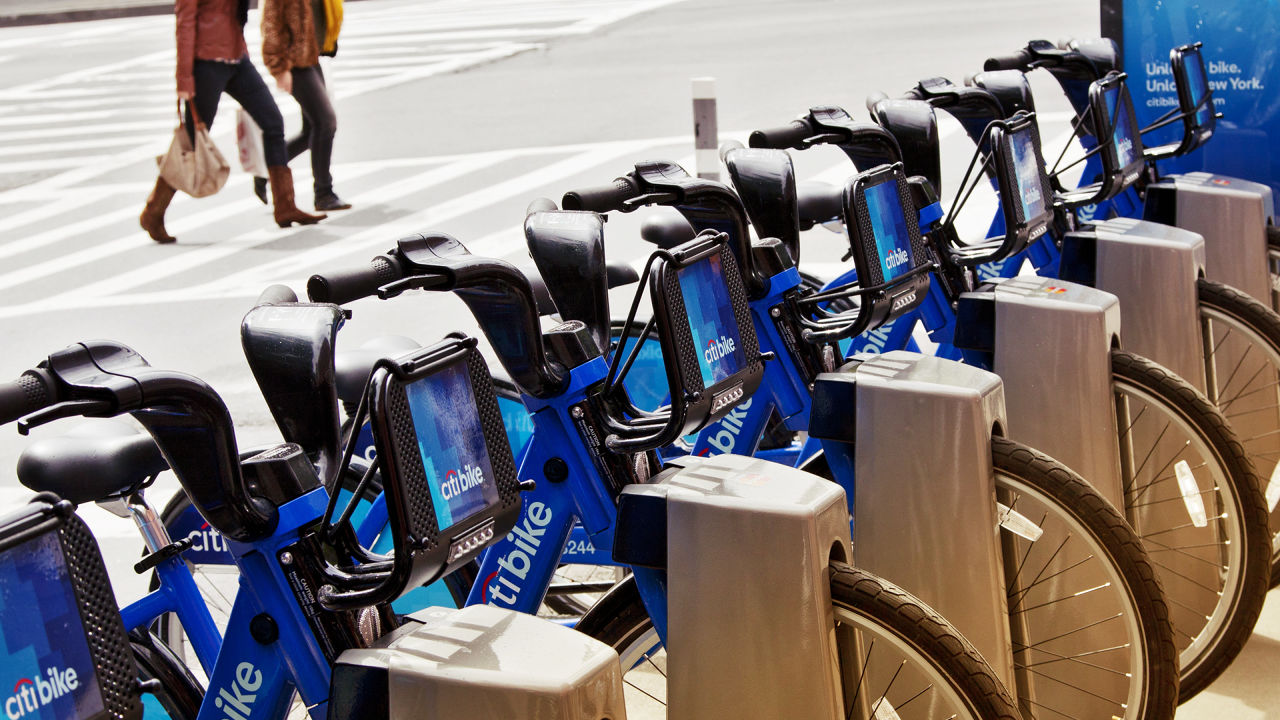How New York city’s Bike Share Saved Itself
ultimate October, former MTA chief Jay Walder took the helm of Citi Bike’s father or mother firm. it’s been a wild experience.
December 10, 2015
“seem to be, it’s the first day for me,” Jay Walder told newshounds final October. “We don’t have all the answers.”
Walder, who had in the past held the highest jobs at NY city’s MTA after which Hong Kong’s MRA, had simply introduced that he may be the new CEO at the company that operates NY city’s Citi Bike machine. It was once the primary excellent information the company, then referred to as Alta Bicycle programs, had shared shortly.
After launching in 2013, Citi Bike delivered shoddy repairs and software (which would soon be unique in a city audit), sustained injury to gear all through storm Sandy, and, according to stories, had been scrambling for a brand new investor to maintain it afloat. In July, REQX Ventures, an investment firm shaped by using the principals of health club chain Equinox and its dad or mum company, related, bought its mother or father firm.
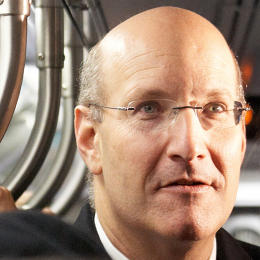
And now Walder, who used to be standing in the back of a podium carrying a buttoned-up suit, had a laundry record of positive developments. Citibank, this system’s greatest merchandising sponsor, had agreed to extend its licensing deal from its planned end date in 2019 to 2024, including $70.5 million to its preliminary funding. the corporate REQX had set as much as buy Alta would invest $30 million in the project, and Goldman Sachs had elevated its credit score line to Alta. The Partnership Fund for NY city committed to enlarge Citi Bike to extra neighborhoods, and Citi Bike mentioned it will add 6,000 new bikes to the gadget via 2017—a goal that might more than double its current fleet.
For Walder, who had left his position in Hong Kong amid controversy over a delayed excessive-velocity rail venture, fixing Citi Bike’s issues and major its enlargement were reasonably small-scale issues. whereas he was the CEO of the MTA, the subway on my own had moved greater than 5 million folks every day. Citi Bike, the biggest of Alta’s packages in nine cities, had on its busiest day that month facilitated just 38,956 rides. It was once the possible impression that had made the job appealing. “i believed it will be a possibility to shape an entire trade that used to be in its most nascent stage,” he says.
as a substitute of having a look at bike sharing as “an extension of the nook bike shop,” Walder needed to make it “a part of the transit gadget of major cities.” Trains and buses, with their set schedules and stops, left an unmet gap in mass transit that, he believed, bike sharing could fill. “The patterns the place we’re dwelling and working have transform completely different than what used to be imagined a hundred years ago when the subway used to be created,” he says. “Bike sharing is growing effectively personalized mass transit. the concept my trip is outlined through station has been removed.”
Proving that bike sharing may work smartly in New York city would help different cities signal on to this imaginative and prescient.
all through the subsequent year, Walder would alternate his go well with for a baseball cap. He would rent 28 folks to the corporate workforce. His staff would exchange Citi Bike’s buggy tool, launch a brand new app, substitute 12,000 docking points, set up 134 stations, and change the identify of the company from Alta Bikeshare programs to encourage.
final October, although, he didn’t know the best way to repair Citi Bike. After the click conference, as he pedaled along with his new colleagues from manhattan metropolis to Alta’s new headquarters in sunset Park, Brooklyn, what he did be aware of used to be that he had to fix it quick. “We’re a seasonal trade,” Walder says. “We had been both going to start to show improvement through the summer season of 2015, or we would lose every other year.”
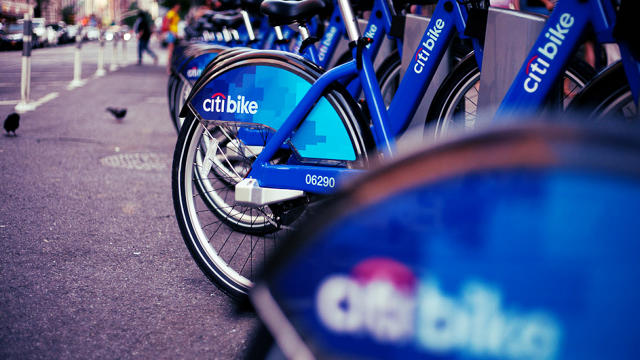
Alta Bicycle Share, the firm that launched Citi Bike, commenced in 2009 as a spinoff from Portland-based totally infrastructure design agency Alta Planning + Design. Bike sharing had already taken off in European cities like Paris, however cities in the us had been just starting to consider massive-scale programs. lately shaped programs in Minnesota and Virginia hired Alta to consult on their projects, and the agency then realized there weren’t many large bike-sharing operators in the united states. “We stated, this is coming to the united states, it’s obviously going to be something our communities are desirous about,” remembers Mia Birk, Alta Bicycle Share’s cofounder and former CEO. “We already understand greater than most different corporations do about this, so let’s dip our toe into this water.”
It teamed up with PBSC city options, a motorbike-sharing equipment firm funded by means of the city of Montreal, and began to bid for contracts. Its first, in the summer of 2009, was with a application in Melbourne, Australia. The second used to be Washington, D.C.’s Capital Bikeshare system.
right through the subsequent couple of years, Alta launched similar applications in San Francisco, Boston, and other cities. but it won its best-stakes contract in 2011, when New York city Mayor Michael Bloomberg introduced that Alta would function New York city’s first bike sharing software. it will now not only be the biggest bike sharing application in North america, but the first major device to be backed via merchandising and designed to run without public bucks.
Citi Bike launched in 2013, virtually a yr in the back of agenda, with 6,000 bikes and 300 stations. via the end of its 2d month, 49,000 people had signed up for $95 annual memberships. by way of the top of the yr, memberships had reached 94,125.
however the business proved extra sophisticated than expected. Riders pronounced malfunctioning bike docks and empty stations, and lots of of them didn’t renew their annual passes. After the 12 months anniversary of this system in may 2014, membership dropped from one zero five,355 in may just to 96,318 in June. In July it fell additional, to ninety three,501 participants. An audit carried out between could 2013 and could 2014 concluded “that the bike sharing program’s spotty repairs, poorly cleaned bikes, and substandard docking stations inconvenienced riders and discouraged boom within the machine.” Even organizations that had encouraged for bike sharing in NY city, like Transportation possible choices, had grown frustrated with Alta. “The house owners had been out in Portland, they usually didn’t really appear too encouraged to bring it as much as an acceptable state of provider,” says Paul Steely White, Transportation alternatives’ govt director. “the client provider used to be dismal. The app wasn’t working.”
the fee gadget had been set up so that one-day and 7-day passes would subsidize the quite low $ninety five annual membership. while more individuals than expected turned into annual users, they struggled to promote short-term passes, so this system discovered itself in monetary trouble. In March 2014, NY city Transportation Commissioner Polly Trottenberg stated that Citi Bike faced “various monetary and operational challenges.” Later that month, reports indicated Citi Bike had been scrambling to raise tens of hundreds of thousands of bucks.
Alta, in the meantime, was overwhelmed. “everything was new,” Birk says. “It’s like doing a startup firm. after which we did two of them in the first summer season. We principally did nine startups in just a few years’ time.” It wasn’t most effective Alta that was once struggling in the bike-sharing world, either. the corporate’s main provider for bikes and device, PBSC, had filed for chapter. “What took place to Alta and Bixi [How PBSC’s bikes are known in Montreal and Toronto] was too much growth,” says Luc Sabbatini, who bought PBSC in January. “They couldn’t take care of that boom.”
by the point Walder took the helm at Alta in October 2014, membership had dropped to 89,286. earlier than it may possibly begin increasing, Citi Bike had to restore the problems in its current device.
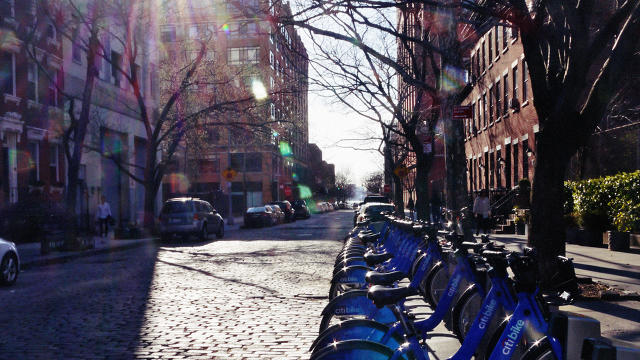
“We began with the concept that our purpose was once to repair Citi Bike with the aid of summer,” Walder says. The question he posed to his staff every Wednesday at 9 a.m., all over the “restoration Citi Bike meeting,” used to be exactly how they should do it.
Walder was once dismayed to find that bike repairs handiest took place 5 days each and every week. “I stated, so what you’re telling me is that each week we accumulate a number of damaged bicycles and we enable that to pile up, in order that on Monday we begin with in point of fact unhealthy service as a result of we don’t function the keep on Saturday and Sunday?” The repairs operation added weekend shifts and did extra repairs on the road without bringing bikes again to the store.
It additionally commenced to monitor stations with low batteries so that it may well change them before a disruption in provider, as an alternative of reacting to a malfunctioning station after it had change into unusable.
The expertise staff improved from two to 10 individuals, and the company launched an app that tracked users’ trips. “It was just a new infusion of talent and tools that we seen instantly,” Transportation possible choices’s White says. “I do think that they have got mounted it,” says Veronica Vanterpool, the manager director of the Tri-State Transportation campaign. “We’re listening to fewer complaints, fewer gripes, much less dissatisfaction with Citi Bike overall.”
the press agreed: “overall,” wrote one Wall street Journal reporter this summer time, “the brand new Citi Bike expertise is like cruising on a different planet: A magical world where a vibrant blue bike waits on each 1/3 side road corner to provide fun, handy transport—assuming you don’t get clipped by a cab.”
by way of August, inspire had put in a new back-finish running system, replaced its old kiosks with new kiosks, and changed or repaired 12,000 docking points. according to interior information, time spent to fix considerations at stations had reduced by way of eighty%. compared to the identical month a yr earlier, customer support calls, which is how riders usually report issues, were down from 4.3 calls per one hundred rides to 2.07 calls per 100 rides. The team gathered for what Walder calls “a excessive-5 day.” Plastic cups of champagne in hand, they huddled collectively in a circle and positioned their other palms in the middle like they have been about to start a sports a game. “1, 2, three,” they counted down, prior to lifting their palms into the air. “growth!”
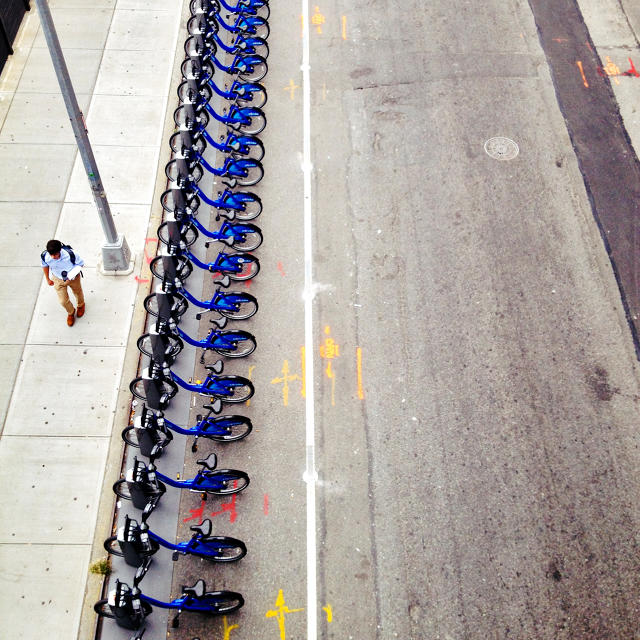
Walder likes to watch a digital map of Citi Bike stations to look new locations come on-line, which has came about 134 times due to the fact that he is been CEO. Citi Bike accomplished its growth to Williamsburg, Bedford-Stuyvesant, Greenpoint, new york city, the higher West aspect, and the higher East aspect up to 86th boulevard, and as of September there were 7,454 Citi Bikes within the fleet, about 25% towards the 2017 purpose. Citi Bike designed a new, higher-functioning bike that appears virtually identical to the older variation, and has put in 2,four hundred of them in NY city. instead of some concerns about the density of stations on the upper East and West sides of long island, all of this has took place with out major disaster.
Now that Citi Bike is again on the right track, motivate has turned its focal point to increasing to different cities. Its program in Chicago grew 60% in 2015, adding greater than 1,700 bikes, and the company not too long ago won approval from 5 Bay area cities to increase its application there from 700 to 7,000 bikes. this fall, its application in Washington, D.C., will grow to 50 stations, and Citi Bike Jersey metropolis launched with 350 bikes in October.
The final NY city transportation agency that Walder worked at, the MTA, exists partly since the non-public companies that operated the primary public transportation techniques did not make mass transit sustainable trade. the city purchased two struggling personal subway corporations, for instance, in 1940. “The fare in 1904 was 5¢,” Walder says once I point out this. “And the fare in 1948 was once 5¢, too [that yr, the city raised subway fares for the primary time to 10¢. sadly, among the many mistakes they made, one in every of them used to be now not creating a sustainable monetary base.”
On the day Walder announced Citi Bike’s new funding and began the job, Citi Bike, as planned, raised its annual membership fee from $95 to $149; membership expectedly decreased. That will have to assist maintain Citi Bike solvent, however bike sharing continues to be a long way from accomplishing the scale or balance of other varieties of mass transit. “What must be figured out is a sustainable funding movement to strengthen Citi Bike beyond the following few years,” says Tri-State Transportation marketing campaign’s Vanterpool.
“I don’t have any particular objectives for subsequent yr,” Walder says. “for those who look at this year, we increased ridership with the aid of 21%. That’s lovely darn excellent.”
Correction: this text in the beginning mistated the collection of annual Citi Bike members in July 2014 as 80,885. there have been 93,501 members that month.
[Citi Bike: Glynnis Jones by the use of Shutterstock]
(38)

